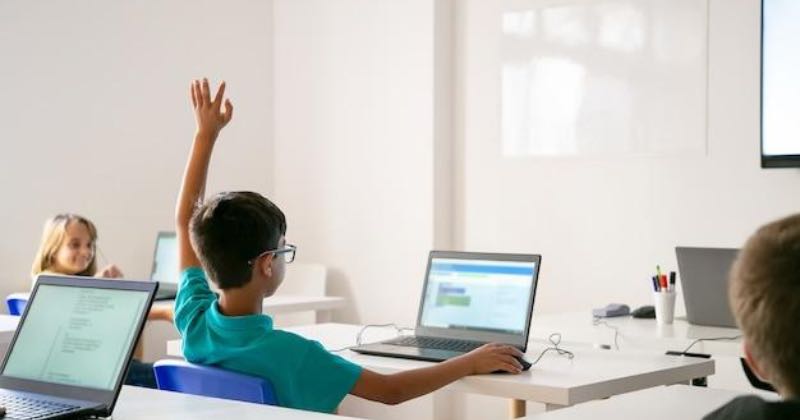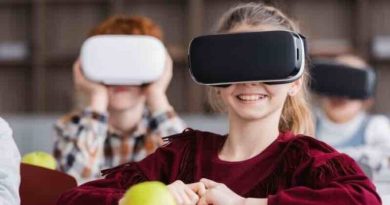Technology has brought about a revolution in nearly every facet of our lives, and education is no exception. The integration of technology into the classroom has witnessed a surge in recent years, with devices ranging from tablets and laptops to interactive whiteboards and online learning platforms reshaping the educational landscape. But what consequences does this technological shift hold for classroom learning?
Enhanced Engagement through Technological Interaction
One of the pivotal benefits of technology in the classroom is the augmentation of engagement. Traditional teaching methods, often reliant on textbooks and lectures, can occasionally prove monotonous and fail to captivate students.
In contrast, technology introduces a plethora of interactive tools and resources capable of seizing students’ attention, transforming the learning process into an enjoyable and participatory experience. Educational apps and games, for instance, can metamorphose learning into a dynamic and interactive venture, prompting students to actively engage in their educational journey.
Amplified Information Access
Another profound impact of technology on classroom learning is the heightened access to information. With the internet at their fingertips, students can effortlessly tap into an expansive pool of information and resources.
This facilitates in-depth exploration of topics at their own pace. Additionally, online tools and platforms serve as conduits for collaboration and knowledge-sharing. Students can connect with peers globally, exchanging ideas and gaining a broader perspective on various subjects.
Tailored Learning Experiences
Technology facilitates personalized learning, tailored to each student’s individual needs and learning style. Adaptive learning platforms utilize algorithms to scrutinize a student’s performance, delivering customized learning materials and exercises.
This personalized approach empowers students to progress at their own pace, concentrating on areas where additional support is required. Furthermore, online assessments and feedback systems furnish instantaneous feedback, enabling students to monitor their progress and make necessary improvements.
Preparing for the Digital Future
In the contemporary digital era, technological literacy is indispensable for success across almost every field. The integration of technology in the classroom equips students with the essential skills and knowledge required to thrive in the future job market. By incorporating technology into their education, students gain proficiency in digital communication, collaboration, problem-solving, and critical thinking. These skills not only enhance their academic success but also position them favorably for future careers.
Challenges and Considerations
While the impact of technology on classroom learning is predominantly positive, there are challenges and considerations that demand attention. Firstly, there is a pressing need for proper training and support for educators to effectively integrate technology into their teaching practices.
Teachers should be equipped with the necessary skills to navigate digital tools and platforms proficiently and use them effectively in the classroom. Secondly, there is a potential for technology to become a source of distraction, hindering student learning if not used judiciously.
It is crucial for educators to establish clear guidelines and expectations for technology use to ensure its enhancement rather than disruption of the learning process.
In Conclusion
In conclusion, technology wields a significant impact on classroom learning, enhancing engagement, providing access to information, enabling personalized learning, and preparing students for the digital future.
Addressing the challenges and considerations associated with technology integration is crucial to maximize its effectiveness in the classroom. By harnessing the power of technology, we can create a more engaging and inclusive learning environment for students, preparing them for success in the digital age.




